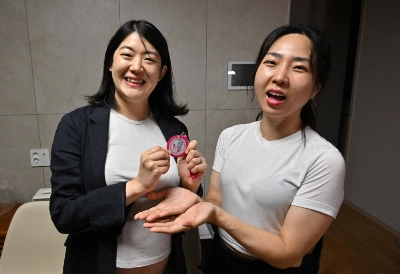Prime Minister Fumio Kishida’s historic visit to Washington in April has opened a new era in technology cooperation between the U.S. and Japan.
While the role that technology innovation plays was highlighted as “driving the alliance in the 21st century,” it is harder to wrap our minds around this compared to the more tangible military and space innovations capturing the headlines. In part, this is because in both countries, the private sector — not the government — will be key in galvanizing the progress.
It is also because there are so many actors, including corporate giants, pledging large cross-border investments per the impressive list of deliverables in the White House fact sheet, including Microsoft, Google, Daiichi Sankyo, Amazon Web Services, Toyota and Honda Aircraft, among many others.



















With your current subscription plan you can comment on stories. However, before writing your first comment, please create a display name in the Profile section of your subscriber account page.